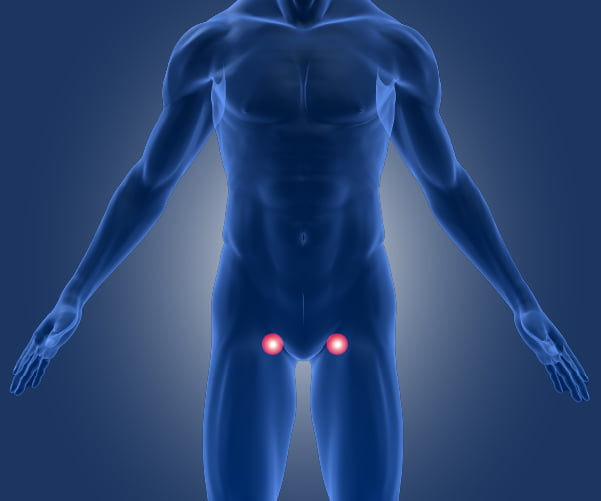What is it? Similar to an “inguinal hernia”, the term “femoral hernia” is used to describe a bulge in the area of the groin. The bulge of a femoral hernia is closer to the thigh compared to that of an inguinal hernia and is typically found medially and just below the groin crease.
Why it happens: Like inguinal hernias, femoral hernias develop because of increased pressure in the abdomen. The increased pressure can be the result of a wide range of activities such as heavy manual handling, exercise or weight lifting but also coughing, laughing, sneezing of being chronically constipated. Obesity also plays a role in developing a femoral hernia.
Frequency: A femoral hernia can develop in either side of the body. It is much more common in women than in men, particularly elderly women. This is because of the wider female pelvis and also because the same type of pressure in men would typically produce an “inguinal” rather than a femoral hernia.
